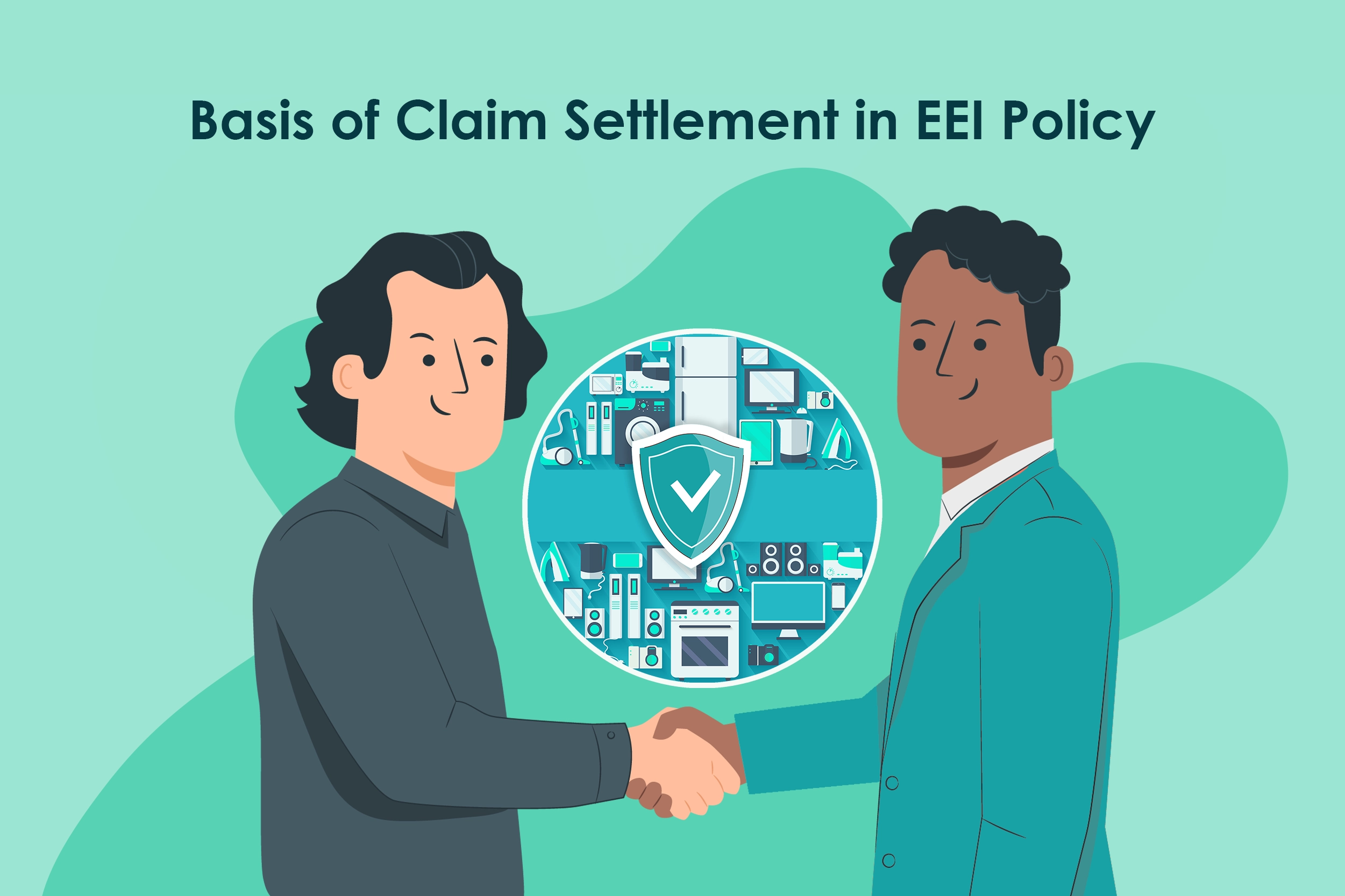Section 1
The sum insured under section 1 of Electronic equipment policy should be equal to the cost of replacement of the insured property with a similar one available in the market in terms of same capacity, performance, same kind. The sum insured should also account for the freight, customs duty, and any other erection costs required for erecting the equipment at the location of the insured. The sum insured should represent the replacement value of the equipment in such a way that the sum insured should suffice to purchase a similar model in case of damage to the insured property due to an insured peril. In this section the sum insured should also include the value of the “System software”.
The basis of indemnity in case of loss or damage requiring repair, the insurance company would pay the cost of repair to restore the insured equipment to its former state of serviceability including the cost of dismantling and re-erection. Other costs such as freight costs, customs duty incurred on repairing or replacing certain parts of the machinery would also be covered under this section. It is to be noted that there would not be any depreciation applied at the time of claim settlement in case of repairs where it includes replacement of certain parts, except those with limited life, but the salvage value would be taken into consideration. The parts with limited life are the ones which undergo depreciation over a period of time and accordingly the depreciation percentage would be calculated at the time of claim settlement.
If the cost of repair of the equipment exceeds the actual value of the item prior to the occurrence of the loss, including the freight costs, customs duty and the cost of dismantling and re-erection, then the insurer would provide replacement value of the equipment at the market value after factoring for depreciation. Any other extra charges such as dismantling charges, overtime, night-work, work on public holidays, express freight, air freight etc. would be covered if they are opted under the policy.
In case the item is totally destroyed beyond repair and if the same model is not available in the market or it becomes obsolete, then the insurer would compensate all costs necessary to replace the equipment with a followup model available in the market of similar structure or configuration. In any case the insurance company would only pay the maximum sum insured mentioned under the policy as claim amount. If the cost of replacement is less than the sum insured, then only the cost incurred would be paid and not the entire sum insured. Entire sum insured would be paid only if the cost of replacement is more than the sum insured under the policy.
Warranty Maintenance Agreement is to be enforced at the inception of the policy and maintained throughout the policy period without any violations of the terms and conditions to the agreement. This word maintenance shall mean safety checks, preventive maintenance and rectification of loss or damage or faults that may arise from natural functioning or operation as well as aging of the machinery.
 Get a free review of your
Get a free review of your Electronic equipment insurance provides comprehensive cover to systems which typically rely on low voltage and power sources. Electronic equipment insurance policies cover equipment that runs quietly compared to machinery like boilers or compressors. Electronic Equipment Insurance policies (EEI policies) can cover anything electronic such as computers, UPS units and voltage stabilizers etc. An Electronic Equipment Insurance policy protects electronic equipment against data loss or damage by an insured peril. With nearly every business today using electronic equipment for work use, having its own policy to cover electronic assets at work becomes imperative. Electronic devices are highly vulnerable and vulnerable to power fluctuations causing physical or software damages; an EEI policy covers this possibility with both hardware and software coverage under its policies.
Electronic equipment insurance provides comprehensive cover to systems which typically rely on low voltage and power sources. Electronic equipment insurance policies cover equipment that runs quietly compared to machinery like boilers or compressors. Electronic Equipment Insurance policies (EEI policies) can cover anything electronic such as computers, UPS units and voltage stabilizers etc. An Electronic Equipment Insurance policy protects electronic equipment against data loss or damage by an insured peril. With nearly every business today using electronic equipment for work use, having its own policy to cover electronic assets at work becomes imperative. Electronic devices are highly vulnerable and vulnerable to power fluctuations causing physical or software damages; an EEI policy covers this possibility with both hardware and software coverage under its policies.
 Depreciation exclusion: The depreciation element would be excluded under the policy if the damage is repairable except for those with limited life. Depreciation would also not be factored if the model becomes obsolete and the same model is not available in the market. In such cases the replacement would be done with a similar model of same capacity or performance but the salvage cost would be taken into consideration at the time of claim settlement.
Depreciation exclusion: The depreciation element would be excluded under the policy if the damage is repairable except for those with limited life. Depreciation would also not be factored if the model becomes obsolete and the same model is not available in the market. In such cases the replacement would be done with a similar model of same capacity or performance but the salvage cost would be taken into consideration at the time of claim settlement.
